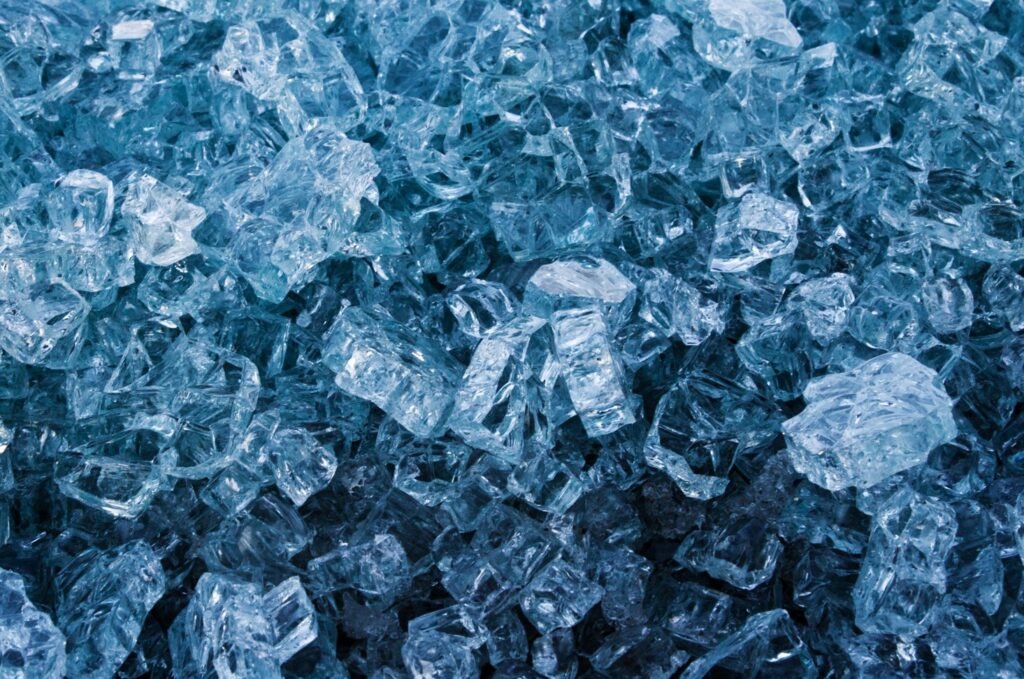The convenience of having an ice maker built into your refrigerator cannot be overstated. It provides you with a steady supply of ice for beverages and other cooling needs, eliminating the hassle of manually filling and refilling ice trays. However, like any other appliance, your refrigerator’s ice maker requires regular maintenance to ensure optimal performance and longevity. In this article, we will guide you through essential steps to maintain your refrigerator’s ice maker, keeping it in excellent working condition.
Clean the Ice Maker Regularly:
Over time, mineral deposits, mold, and bacteria can accumulate in your ice maker, affecting the quality and taste of the ice it produces. To prevent this, it is crucial to clean your ice maker every three to six months. Follow these steps for a thorough cleaning: a. Turn off the ice maker and unplug the refrigerator. b. Remove the ice bin and empty any remaining ice. c. Mix a solution of warm water and mild detergent. d. Use a clean cloth or sponge to wipe down all accessible parts of the ice maker, including the ice bin, ice chute, and ice scoop. e. Rinse the parts thoroughly with clean water and allow them to dry completely. f. Reinstall the ice bin and plug in the refrigerator.
Check the Water Supply:
An uninterrupted water supply is essential for your ice maker to function correctly. Periodically inspect the water supply line for any leaks, kinks, or blockages. If you notice any issues, address them promptly to ensure a consistent flow of water to the ice maker. Additionally, consider installing a water filter if your refrigerator does not have one. A filter can improve the quality of ice by removing impurities and odors from the water.
Monitor the Ice Level and Usage:
Keep an eye on the ice level in the bin and adjust the ice maker settings accordingly. If the ice production exceeds your needs, you can decrease the ice maker’s output to prevent ice from accumulating and becoming stale. On the other hand, if you find that you consistently run out of ice, adjust the settings to increase the production. Maintaining an optimal ice level not only ensures a fresh supply but also prevents strain on the ice maker’s components.
Defrost the Ice Maker:
Ice makers can occasionally develop frost buildup, hindering their performance. If you notice a decrease in ice production or poor ice quality, it may be necessary to defrost the ice maker. Follow these steps: a. Turn off the ice maker and unplug the refrigerator. b. Remove the ice bin and empty any remaining ice. c. Allow the ice maker to thaw naturally, or use a hairdryer on the lowest heat setting to speed up the process. d. Clean the ice bin and all accessible parts following the cleaning instructions mentioned earlier. e. Once the ice maker is completely defrosted and dry, reassemble the parts and restore power to the refrigerator.
Regularly Inspect and Replace Components:
Check the condition of the ice maker components, such as the water filter, supply line, and inlet valve. Replace any worn-out or damaged parts to ensure optimal performance. Refer to your refrigerator’s user manual or consult a professional if you are uncertain about replacing specific components.
Conclusion:
Proper maintenance of your refrigerator’s ice maker is essential for consistent ice production and the longevity of the appliance. By following the guidelines mentioned in this article, you can keep your ice maker in excellent working condition, ensuring a constant supply of fresh and clean ice for your beverages and cooling needs. Remember to consult your refrigerator’s user manual for model-specific instructions and reach out to a professional if you encounter any significant issues.
–First Choice Appliance team
